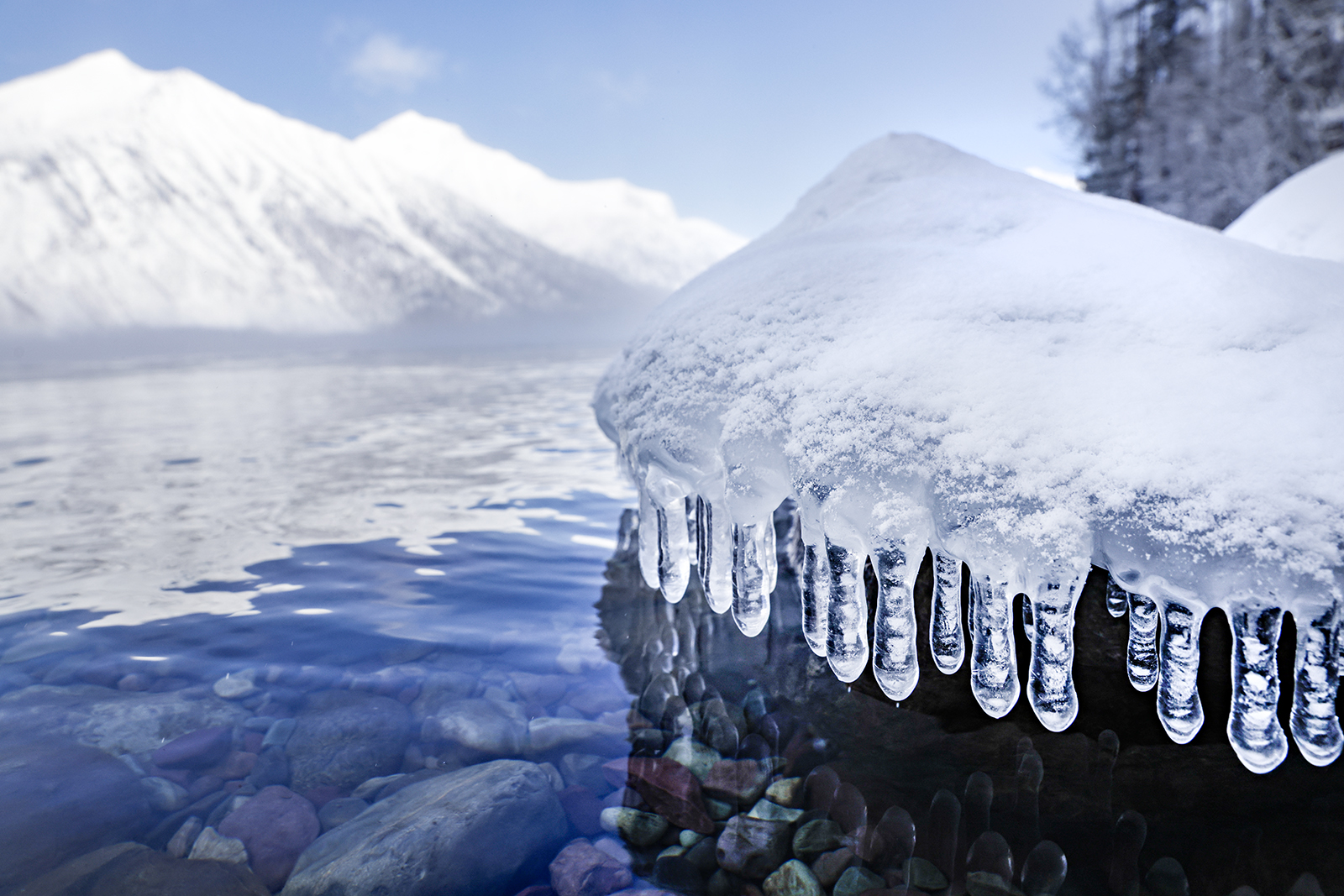Glacier Park Clocks 2.94 Million Visitors in 2023
As visitation trends stabilizes due in part to a vehicle reservation system, an unseasonably warm December prompted a 41% uptick in visitors to the park when compared to the same month a year prior
By Tristan Scott
A balmy December conducive to biking, hiking and sight-seeing, combined with one of the longest Going-to-the-Sun Road seasons in recent memory, helped push year-end visitation figures in Glacier National Park past the totals park officials clocked in 2022, but just barely.
According to newly released end-of-year visitation statistics, approximately 2,941,616 visitors passed through Glacier’s gates in 2023, signaling a 0.66% increase over 2022 totals, when administrators counted 2,922,293 visitors. Officials say the park’s vehicle reservation system has helped achieve some level of parity surrounding visitation during the busy summer months, when congestion intensifies, but each year a suite of unique environmental factors influence how and when visitors flock to Glacier.
In December, those factors included unseasonably warm and dry weather, leading to a 41.15% spike in visitation, with 20,207 people arriving in Glacier Park throughout the month, compared to 14,336 people during the same period in 2022. And in May, the snowpack disappeared early enough that 211,341 people visited Glacier, marking a 16.51% increase over the same month in 2022, when 181,387 visitors arrived at the park.
The park’s swings in visitation often mirror the extent to which the Going-to-the-Sun Road is open. And in 2023, it was open quite a lot.

Spanning the Continental Divide at Logan Pass, the Going-to-the-Sun Road runs between park entrances in West Glacier and St. Mary and functions as the park’s main ventricle. But its opening and closing dates are conditioned on Mother Nature, requiring months of snow removal and maintenance before it can safely usher visitors to its upper reaches.
In 2023, however, a record-low snowpack and high spring temperatures led to one of the longest Going-to-the-Sun Road seasons in recent memory after the alpine highway’s full 50-mile stretch opened to motorized traffic on June 13 — a month earlier than the previous year’s season opener and the earliest opening date since 2005. And with the entire length of the Sun Road remaining open until Oct. 16 due to an unseasonably warm fall, visitors were afforded ample opportunities to traverse Glacier’s high country for more than four months.
“There are always a number of variables that contribute to our visitation trends, and weather is certainly one of those factors,” Gina Icenoggle, the park’s public information officer, said last month. “If it’s raining, then the numbers are usually down in the shoulder seasons, especially before the road is open all the way. But this year was one of the earliest openings on record, and since we didn’t have a season-ending weather event that closed the Sun Road early we were able to keep it open until the third Sunday in October, which hasn’t been possible the last few years. But even with those factors, the difference in visitation was negligible.”
The above-average visitation during those “shoulder season” months helped cushion the overall visitation figures during a year that saw implementation of the most comprehensive vehicle-reservation system in the park’s history.
Over the past two decades, annual visitation at Glacier National Park has increased from approximately 1.5 million to over 3 million visitors, most of them concentrated along the Going-to-the-Sun Road corridor and other front-country destinations during the peak season of June through September, creating severe congestion at the park’s most popular entrances.
The reservation requirement has existed during the summer months in some form or another since 2021. This year, it expired on Sept. 10, while the entire length of the Sun Road remained open another five weeks when a season-ending weather event never materialized.
Even with the winter closure of the Sun Road in place, visitors may still drive 10 miles along the Going-to-the-Sun Road from the West Entrance to Lake McDonald Lodge, and six miles from the St. Mary Entrance to Rising Sun. Hiker and biker access is also permitted past the vehicle closures as far as the closure signs indicate for road crew activity and road conditions.